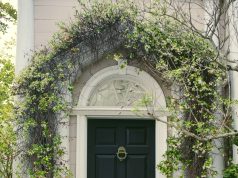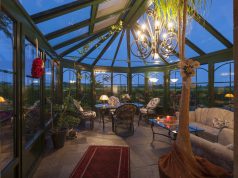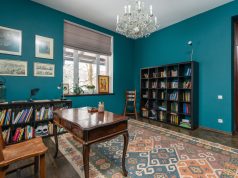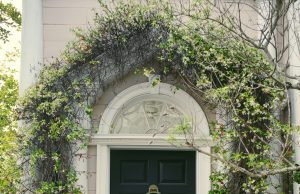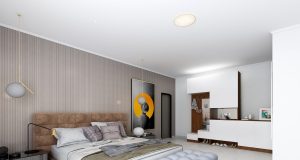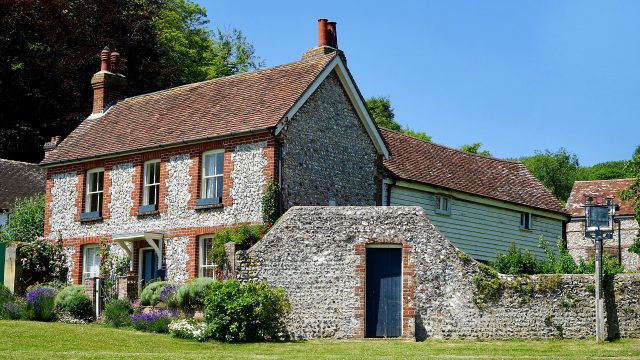
Heritage homes are steeped in historical and architectural value, but anyone who lives in one can probably vouch for their inefficiency from keeping the sounds of the outside world, well, outside.
This is not usually because of their actual design as heritage properties usually have very thick walls and floors which prevent sound wave vibrations from passing through. The problem tends to be due to their single glazed windows and sometimes (depending on the era and style) timber outerstrucres, making noise pollution a real bugbear in heritage homes.
There are often complex planning laws in place to protect heritage buildings, and this can make it difficult to know how to efficiently soundproof your home without making any lasting modifications. The good news, though, is that there a variety of options available to you to create a more relaxing environment inside your home that don’t involve navigating local planning permissions.
Secondary glazing

Probably one of the more popular options, secondary glazing is essentially a glazing system which is independent of the original window. It therefore does not alter the original in any way, is unobtrusive, and can even be removed for cleaning, repair or simply if it needs to be reversed. Secondary glazing provides an effective sound barrier against external noises such as traffic, airplanes, and building works, much like double glazing, but because of its “standalone” nature it does not require planning permission. Certainly a great option not only for noise reduction but also for better thermal insulation and improved protection from UV rays.
Acoustic panels
Acoustic panelling is a popular solution among those who play and record music at home, or whose homes simply have poor acoustics, but they also work well for heritage buildings. They are fairly easy to install and work either by reflecting sound back into the room, creating an improved acoustic environment inside, or by absorbing noise and thus making it quieter inside. The latter option is probably the best choice for the owner of a heritage home looking to reduce external noise pollution. That said and as useful as they may be, acoustic panels are not especially easy on the eye, and so are perhaps not the best option for someone who is particular about their interior decor.
Draught-proofing
You’d be surprised at the amount of noise pollution which can filter in from outside through the gaps around windows, underneath doors, through keyholes, etc., not to mention the potential heat loss. This can be detrimental to your health, not to mention..noisy!
Draught-proofing can prove an excellent and easy-to-implement method of blocking out noise by covering these small gaps and holes using special draught-proof strips. While much less noticeable than other soundproofing methods, these do not always have the longest lifespan and so may need to be replaced fairly frequently. You could hire a professional company for a potentially more permanent draught-proofing solution.
Theses are just a few of the viable solutions for reducing sound in your heritage home, but there are other options out there. The important thing when making any modification to a heritage or listed property is to thoroughly ensure that the change you’re making is reversible and will not in any way impact upon the historical fabric of the building. Other important aspects also need to be taken into account such as air and moisture circulation. If in doubt, it’s best to seek the advice of a company who specialise in this type of property.

